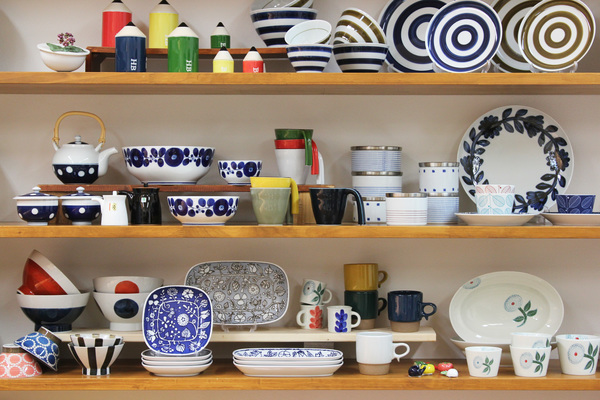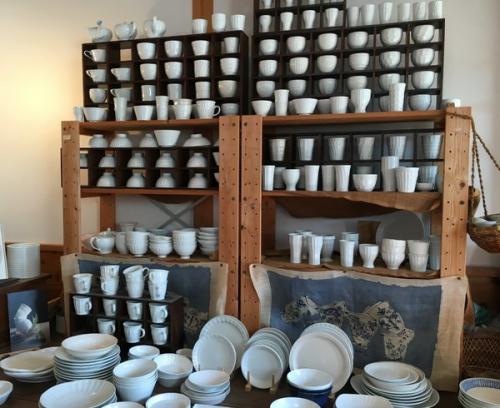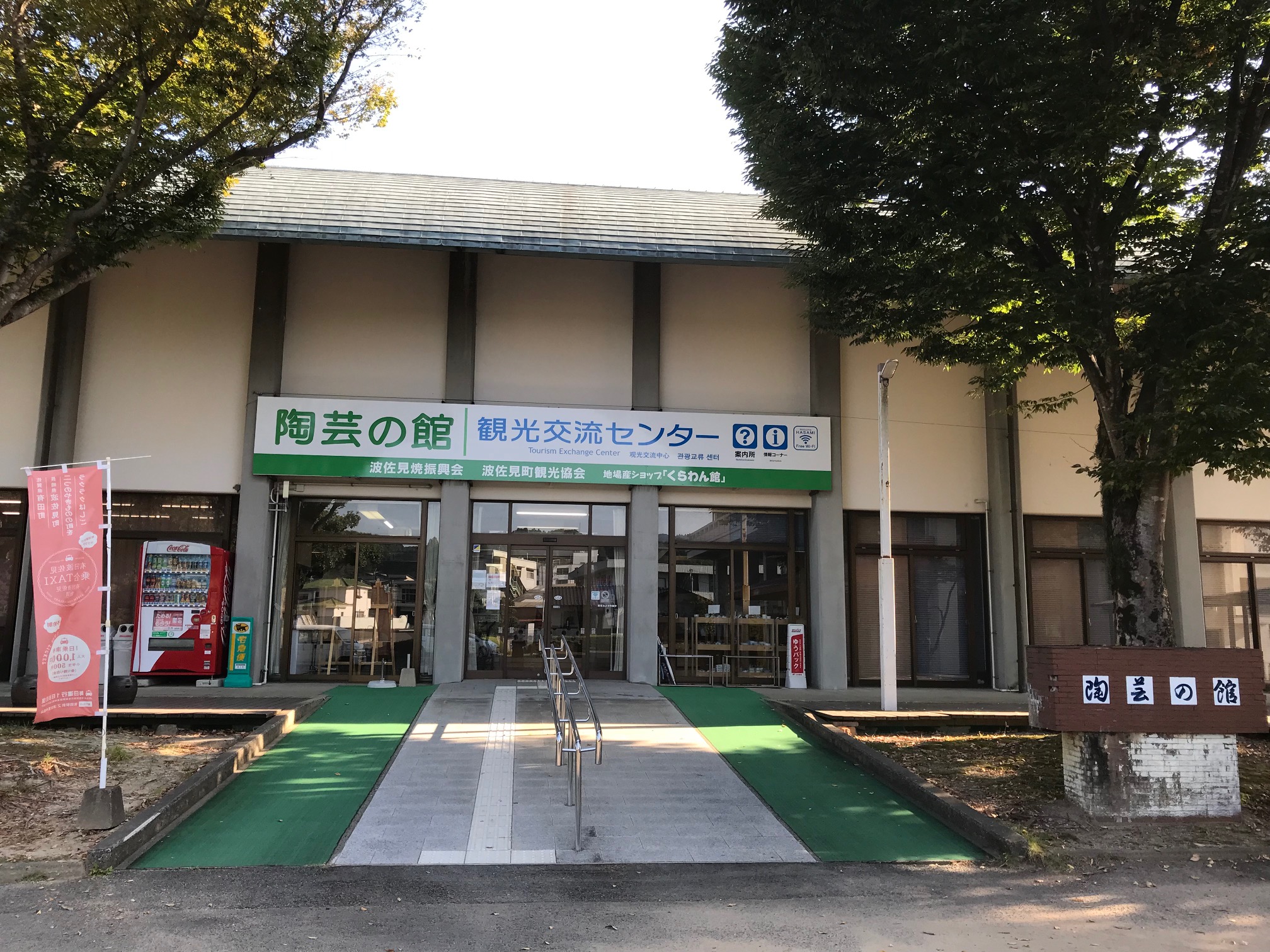
- Ceramic
- Nagasaki
Hasami ware Hasami yaki
High-class porcelain to export and familiar bowls for the local commoners
Both are the history and traditions of Hasami pottery
Description
What is Hasami ware ?
Hasami ware (called Hasami yaki in Japanese) is a form of porcelain produced in Hasami in Nagasaki prefecture. It is a traditional handicraft that was first produced in the latter part of the Sengoku period (1467-1603) and remains popular today as tableware for daily use. The most notable features of Hasami ware are the beauty of its white porcelain and quasi-transparent indigo blue gosu porcelain (a special type of blue enamel). Particularly well-known examples of Hasami ware include "kurawanka bowls", "compra bottles" and "warenikka tableware". The name "kurawanka bowls" comes from the Nagasaki accented, old Japanese phrase of "How about some sake?" ("sake kurawanka?") that merchants shouted at potential buyers of the bowls. "Compra bottles" were mainly produced for exporting sake and soy sauce. The Portuguese word for broker, comprador, is where "compra" originates. The Portuguese lived on Dejima which was an island constructed in the port of Nagasaki to house foreign merchants during the Edo period (1603-1868). Dejima was the only place in Japan open for trade with the world during this time period. "Warenikka tableware" was developed in 1987 as break-resistant tableware for school lunches. It is also said to be the origin of reinforced porcelain. At first, they were only used by elementary schools in Hasami, but with the increased prevalence of school provided lunches throughout Japan, the tableware was shipped to schools and hospitals outside of Nagasaki prefecture and eventually came to be used all around Japan.
History

Hasami ware began in 1598, when Yoshiaki OMURA, the lord of the Omura domain, brought back potters from Korea. The actual porcelain production began one year later, in 1599. The type of kiln used at that time was the ascending kiln which is formed by digging a hole in the hillside. Such kilns were established in three areas within Hasami: Hatanohara, Furusaraya, and Yamanita. The mainstream modern-day Hasami ware are dyed or celadon* porcelain pieces with a beautiful contrast between the white porcelain and the indigo, but in the initial period after formation, the kilns were used for slipware (pottery decorated with a clay and water mixture). From year 1602, celadon porcelain became mainstream and due to the discovery of raw materials for porcelain there was a gradual shift from slipware to porcelain. Subsequently, the production output of porcelain increased so much that by the latter part of the Edo period (1603-1868) Hasami boasted Japan's largest porcelain production output. The reason that Hasami ware became the most widely produced porcelain in Japan is the kurawanka bowls. The common people of the Edo period viewed porcelain as a luxury product, but kurawanka bowls were sold at moderate prices, so the dishware adorned the dining tables of many common households.
*Celadon or seihakuji refers to a glaze with mixed subtle color gradations of icy, bluish white.
General Production Process
- 1. Porcelain stone/Grinding Amakusa porcelain stone is the raw material for Hasami ware production. Amakusa porcelain stone is a clay porcelain stone mined from the Amakusa peninsula (south of Nagasaki). Also known as Amakusa potter’s clay or Amakusa stone, it is frequently used in other types of porcelain such as Arita ware. The mined Amakusa porcelain stone is first ground and manually sorted into various grades of quality (from one to five). The sorted porcelain stone is then turned into a fine powder that goes through elutriation. Elutriation is a process that removes silica grains from ground porcelain stone placed inside a mixing tank, removes iron, and dehydrates by applying pressure. The clay is complete after having its moisture extracted to a certain degree and being kneaded by a kneading machine to remove air bubbles.
- 2. Forming Forming can be done with a mechanical potter’s wheel, manual potter’s wheel, roller machine, or in a mold. Porcelain can also be formed by hand, but this is not commonly used for Hasami ware as it is mostly produced using molds. After the forming has been completed, the pieces are thoroughly dried in a place with good ventilation and exposure to sunlight.
- 3. Unglazed firing Once the pieces have been dried, they are fired in the kiln at 800 to 950℃ (about 1472 to 1742℉.) The unglazed firing increases the strength of the material and improves water absorbency, making it easier to perform underglaze decoration and glazing. After baking, any extraneous material on the outer surface can be removed using a feather duster or other similar implements.
- 4. Underglaze decoration The decoration carried out before the glazing is known as "underglaze decoration". The characteristic indigo blue of Hasami ware comes from the dye for gosu porcelain. Underglaze decoration may be done with an ink brush or by printing.
- 5. Glazing This is the process of applying glaze to the porcelain once the underglaze decoration has been completed. The purpose of using glaze is not only to emphasize the beautiful luster of the porcelain, but also to add features such as stain resistance, leak prevention, and increased strength with the vitreous surface.
- 6. Glost firing During this process, items are baked at around 1300℃ (about 2372℉.) As the glaze may shoot up when items are removed from the kiln right after baking, they are to be removed only after the temperature has gradually cooled down to almost room temperature.
- 7. Overglaze decoration Pigments that have temperature-related restrictions, such as red paint, are applied at this stage. After applying the overglaze color, the pieces are completed by firing at 750 to 850℃ (about 1382 to 1562℉). This process is slightly different when using gold paint made of gold leaf. Once the overglaze colors other than gold paint are applied, firing is necessary. After the firing, gold paint is applied and the firing is done at a low temperature of around 400℃ (about 752℉).
- 8. Inspection
Hasami ware is shipped only after each piece has undergone careful individual inspection.
Leading Ateliers
Isshin-gama atelier

At Isshin-gama atelier, we work hard to convey all our heart in the pottery we make.
We aim at making big-hearted vessels that can show feelings and be loved by many in return.
-
Founded1988
-
ClosedNot fixed - please check our website for more information
-
Business Hours10am to 12pm / 1pm to 5pm
-
Address
-
Website
-
Tel.+81-956-85-5305
Where to Buy & More Information
Hasami Togei-No-Yakata
 Hasami ware Promotion Association
Hasami ware Promotion Association
-
Address
-
Tel.+81-956-85-2290
-
ClosedDecember 31 to January 2
-
Business Hours9am to 5pm
-
Website
See more Ceramic
- Imari ware/Arita ware
- Hasami ware
- Kutani ware
- Mashiko ware
- Shigaraki ware
- Bizen ware
- Hagi ware
- Koishiwara ware
- Mino ware
- Tobe ware
- Tokoname ware
- Karatsu ware
- Kasama ware
- Satsuma ware
- Iga ware
- Mikawachi ware
- Agano ware
- Otani ware
- Obori-soma ware
- Tsuboya ware
- Aizu-hongo ware
- Shodai ware
- Echizen ware
- Akazu ware
- Tamba-tachikui ware
- Yokkaichi-banko ware
- Izushi ware
- Kyo ware/Kiyomizu ware
- Iwami ware
- Amakusa ceramics
- Seto-sometsuke ware
- Sanshu Onigawara Crafts































































































































































































































































































